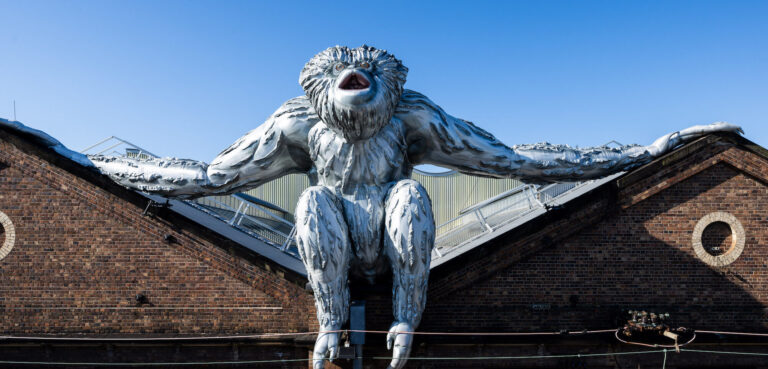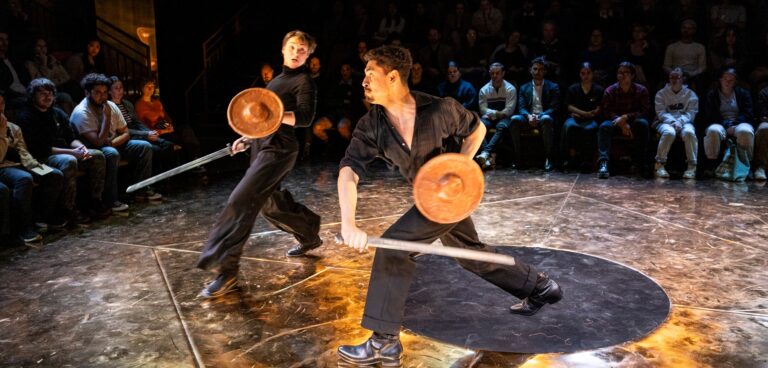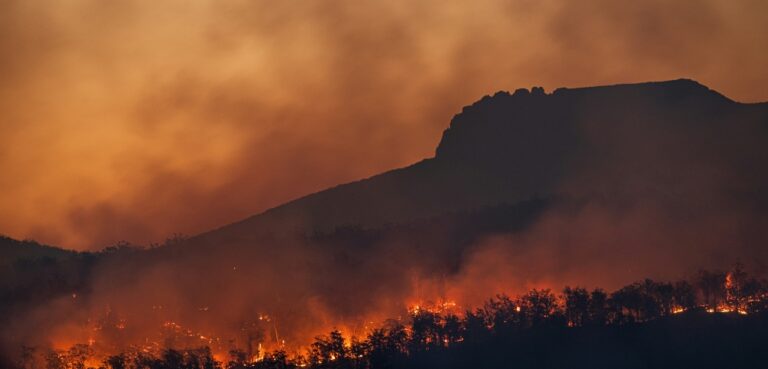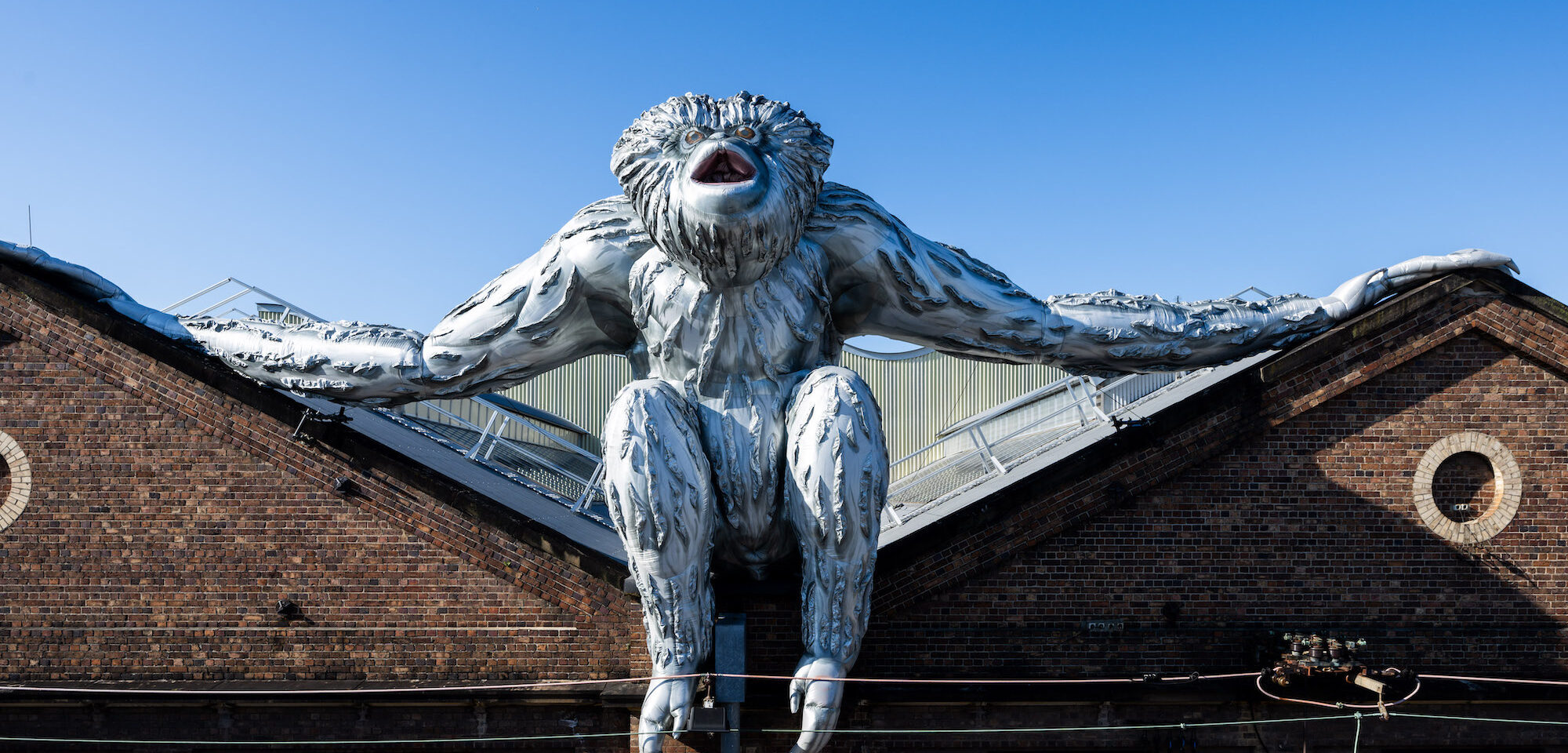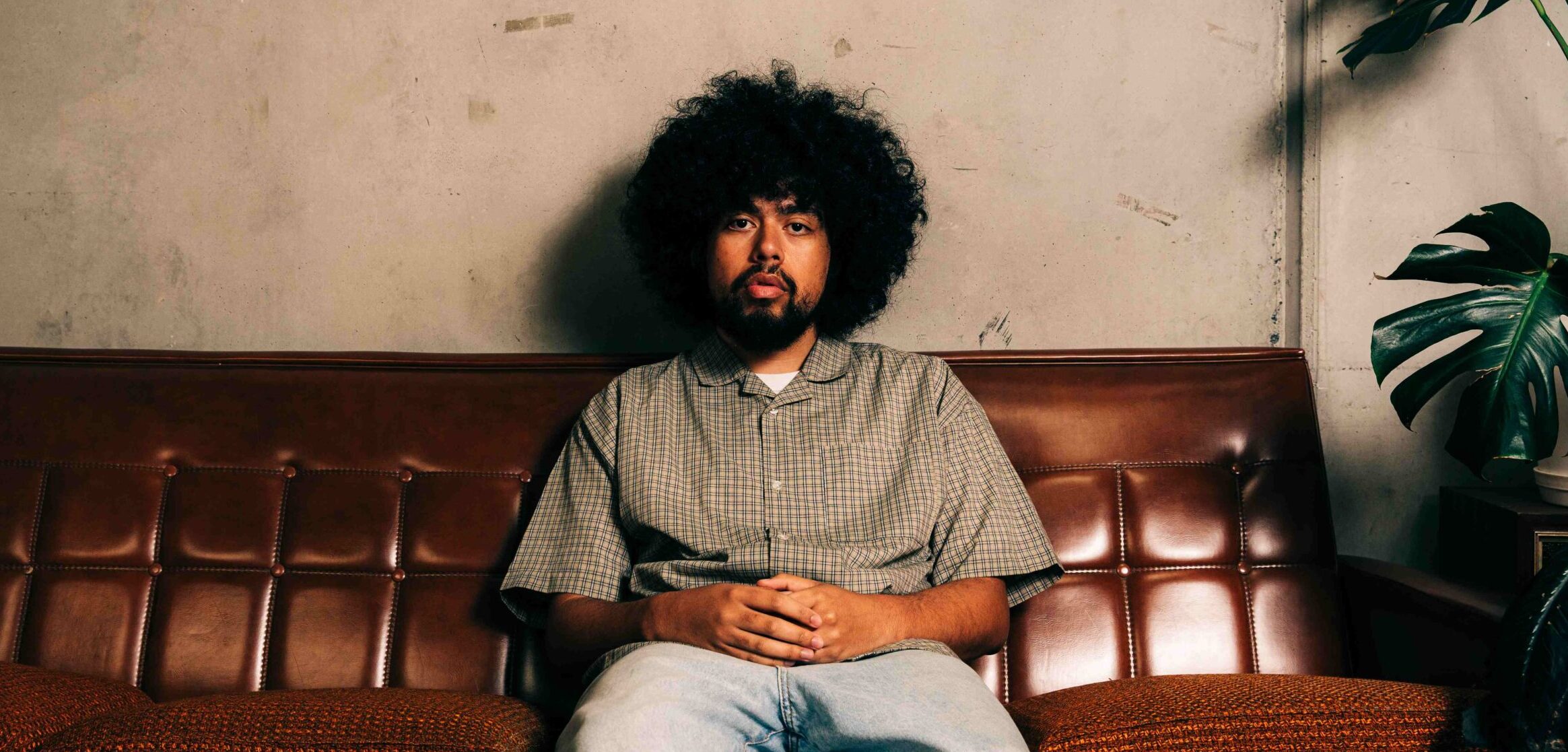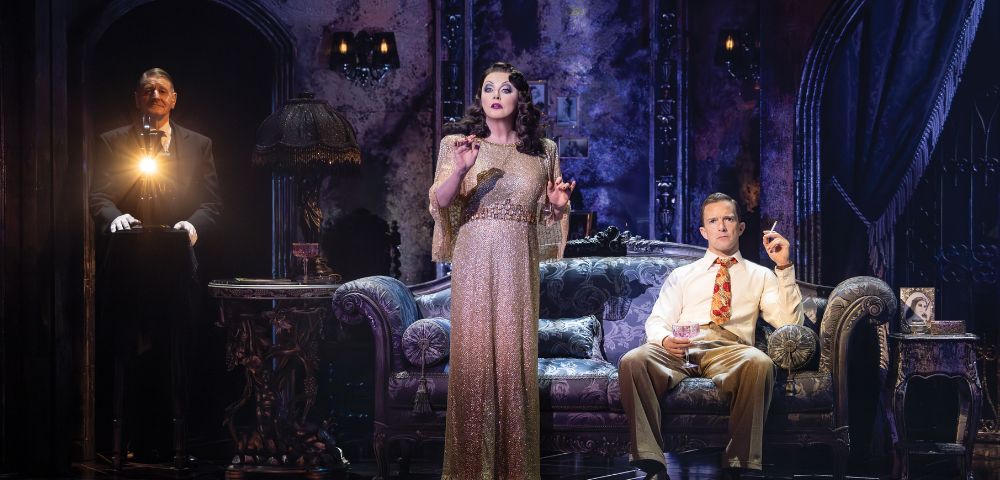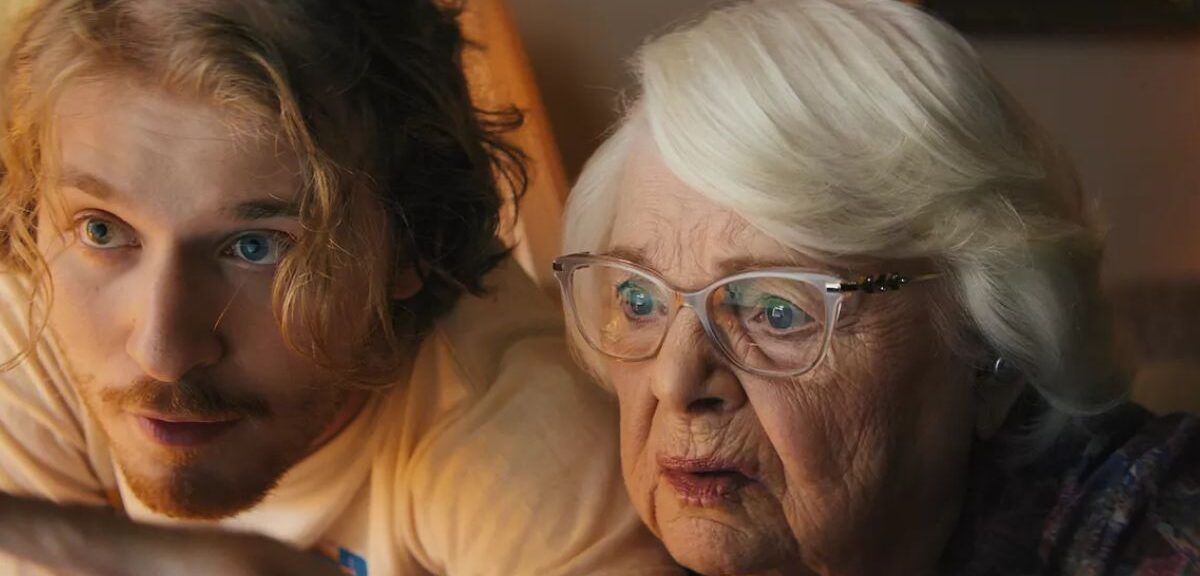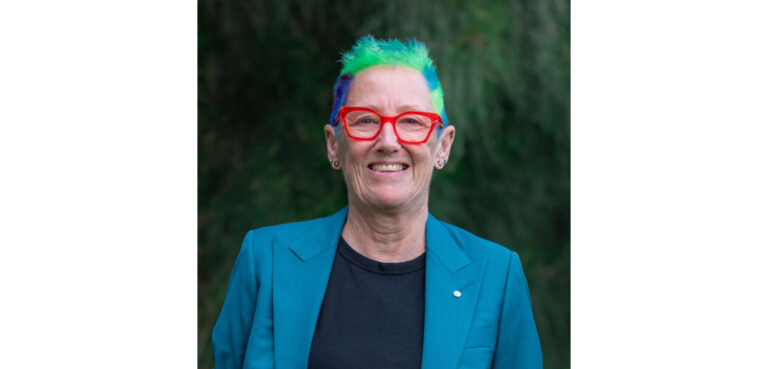
THE NAKED CITY: ISLAND FEVER ON COCKATOO

When Alcatraz in San Francisco harbour stopped operating as a prison in 1963 there were no immediate plans for it to assume a new role. It was briefly occupied with a protest for self determination by native American Indian groups between 1969 and 1971 but eventually became a museum and tourist attraction. In recent years a wild rumour surfaced that Elon Musk was considering buying it to turn into Twitter’s HQ but today it remains a popular sightseer destination. Sydney has its own ‘Alcatraz’ in the predominantly concrete landmark of Cockatoo Island but its future seems very much up in the air.
That’s despite years of trying all manner of activities on the island and a series of somewhat ambitious renewal plans. In May of 2021 it was announced that the historic site would be revitalised as a new creative precinct with eateries, parkland and facilities for the arts. More recently the Harbour Trust announced the Cockatoo Island / Wareamah Draft Master Plan, one which “presents a new vision for reactivation and transformation – for the island to become the vibrant and connected heart of Western Sydney Harbour.” The plan is currently open for discussion and the public are invited to make submissions up until mid-December.

On the surface you would think that such an historic island, easily reached by ferry in Sydney Harbour, would be embraced by both Sydneysiders and visitors to the city – even though its mish mash of convict era buildings and industrial relics presents as somewhat bleak and foreboding. In past decades the island has hosted a number of film, comedy and music festivals including One Electric Day and a production of the opera, Carmen. Some have been moderately successful, others have sent their promoters broke.

The latest master plan calls for a hotel, high end restaurants, a second ferry wharf and turning the old slipway into an enormous harbour swimming pool. Artificial reefs would be created, boosting the harbour’s biodiversity and rehabilitating the waters around the island with light and sound projections encouraging visitors and campers to extend their stay into the evening and overnight. The wretchedly cynical might say “the arty farty stuff doesn’t work so let’s turn the joint into one big tourist trap”.

Perhaps the overriding question is – with Sydney offering so much in the way of beaches, parkland, cosmopolitan suburbs and a bustling night life, why in the hell would you want to be stuck out on a concrete slab in the middle of the harbour? If you suffer from agoraphobia or what is sometimes referred to as ‘island fever’ then the experience might not be a pleasant one. Laugh if you like but ‘island fever’ is recognised as a genuine form of psychological distress – a dysfunction, or disorder that causes significant stress, abnormal thoughts, and feelings in people that are temporarily or permanently staying or living on islands.”

Hamilton Island in the Whitsundays or Norfolk in the Pacific – not a problem there, but when you are stranded on Cockatoo, you anxiously await the next ferry back to Circular Quay or Barangaroo. The counter argument here is that many people enjoy the concept of temporary isolation, cut off from the humdrum of the city and forking out hundreds of dollars to spend the night in an upmarket glamping tent.
In a previous article I suggested that the best option for the island might be accommodating a permanent population. Forget about the five star hotel and the gourmet nosheries, we are in the middle of a housing crisis. The State Government could convert a number of the buildings on Cockatoo into low cost rental accom – a budget version of other successful island communities in Sydney like Dangar on the Hawkesbury and Scotland Island on Pittwater.

Cockatoo could be no different, apart from a helluva lot of concrete. A thriving community on the island would attract more visitors, as bars and coffee shops opened up and Cockatoo felt less like a prison and more like a friendly, inviting destination. Ferry services would be increased and the island would be very much commutable for those who chose to live there but work elsewhere.
It’s highly unlikely of course that such a scenario will eventuate. History tells us that Sydney invariably opts for the grandiose and commercially driven, as opposed to a more community oriented approach. In the meantime you have approximately a month to have your say at:

